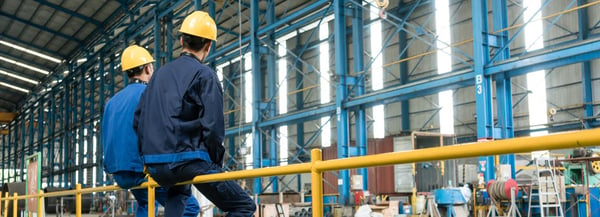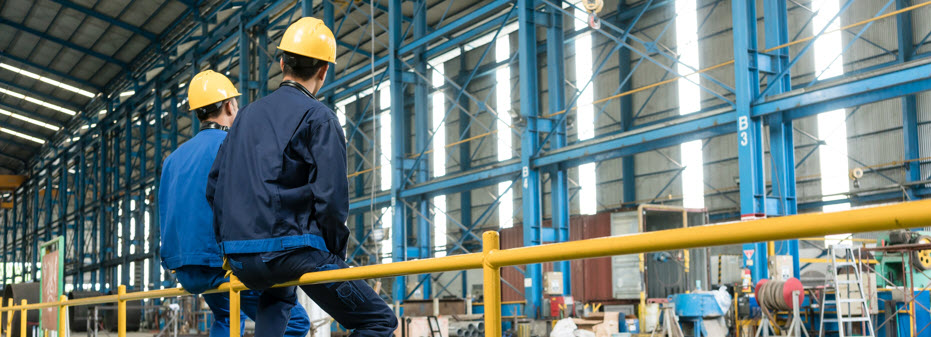4 Signs You Need To Prioritize Equipment Monitoring
We’ve written recently about the negative impact poor equipment monitoring can have on your business. But how do you know if this is an area you should focus on when you likely already have a full plate? (Hint, there’s almost always room for improvement in equipment monitoring.) We’ve put together a checklist to get you started.

You might need to revamp your approach to equipment monitoring, if...
#1 - You experience high or unpredictable downtime.
Whether you’re working with HVAC units that maintain precise temperature and humidity levels or machinery that stamps a label on each case, there are hundreds of components that could break or malfunction, bringing operations to a halt.
In an ideal world, you would be able to predict maintenance needs and have skilled resources and replacement parts available, all before you shut down during low-production times or off-hours. If downtime is catching you off guard, it’s probably time to focus on your approach to monitoring.
#2 - The quality of your product or service is inconsistent.
One of the worst ways to identify an issue with your equipment is by receiving a surge in angry calls to your customer service reps—whether that be for service outages or defective product. Not to mention, there can also be legal ramifications for fluctuations in the quality of your offering, as many industries are heavily regulated to protect end-users and the environment.
Without ongoing monitoring efforts, troubleshooting the cause of your process drift will be difficult and a resolution could take days or even weeks—time you and your clients can’t afford.
#3 - You struggle to predict staffing needs.
When a machine goes down unexpectedly, you might be scrambling to bring in skilled resources to solve the issue, you might need additional staff to move operations forward manually, or even have to send workers home because there’s nothing for them to do. Once the anomaly is resolved, you may also experience a surge in overtime hours as your team tries to catch up.
Everyone from leadership to employees are negatively impacted by these fluctuations. Since payroll is likely one of your largest budget items on a good day, having the tools to accurately predict staffing needs is a must.
#4 - You repeatedly find equipment abnormalities.
An equipment abnormality is likely the root cause of any one of the items above—downtime, products with defects, service outages, or being under- or over-staffed.
Whether the same component breaks or malfunctions consistently, or if you seem to identify new abnormalities every other day, thorough monitoring will help you understand wear on the components of your machinery. From there, you can address the root cause and predict maintenance needs.
Shifting from a reactive to proactive approach.
Without effective equipment monitoring, your workforce will only be able to react to problems that have already disrupted service to your clients or caused defects in your product. By monitoring for abnormalities and identifying issues more quickly, you can significantly reduce or eliminate downtime.
The key to equipment monitoring is to focus on actionable data, which is where Atomation comes in. Our Atoms are easily installed devices that learn to recognize normal operation and then wirelessly communicate when thresholds are reached or an anomaly has been detected.
From generators to motors to conveyor belts, Atoms give you the information you need to act quickly and effectively.


